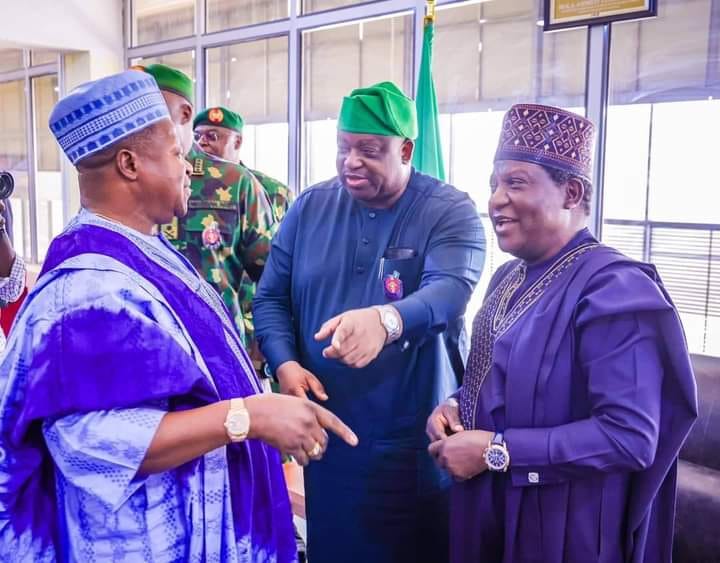D.M Long’gul
Part of the rich history of violence that defines the colonial era and the African nation state up until the present day is the portrayal of African individuals in Western museums and the historical tradition of exhibiting Africans as living museums for the amusement and study of Westerners. It appears that there is a resurgence of this colonial practice currently taking place in Plateau state, Nigeria. Innocent victims of militia attacks are being put on display for the amusement and dehumanization show by politicians. To what degree does this practice reflect colonial and primitive tendencies? Who benefits from it, the powerful or the politically pleased?
Throughout history, the Plateau has witnessed a fascinating array of political administrations, each possessing its distinct style and captivating storyline. Within this intricate tapestry, there have been instances where the people of the Plateau have resonated deeply with their chosen leader, as well as times when the masses have succumbed to the notion that a certain figure stands in opposition to their interests. These narratives, however, are not devoid of a cunning strategy aimed at pitting various groups against one another, leaving no clear resolution in sight.
Some excessively passionate and ambitious group of activists have also emerged in these areas of conflict, staging protests various types of issues and expressing their opposition to government policies such as the “anti-grazing” and the reconstruction of the Jos market. Personally, I have no objection to activists expressing their dissent towards government policies; however, recent revelations suggest that many of them have hidden personal agendas. Numerous individuals have competed for public office and surprisingly garnered widespread support from the people. Unfortunately, organizations like the G17 have failed to sustain themselves after the esteemed Honorable Dachung Musa Bagos was elected to the House of Representatives. This raises the question: what has become of the activist within him, soon maybe the G17 will be on the street again.
To delve into the heart of the matter at hand, the Christmas Eve attack on communities in Bokkos and Barkin Ladi Local Government Areas of Plateau State, leaves me pondering, who exactly are the victims being exhibited in camps for? Why are some even used as protesters in the camp? Indeed, a former member of the house of representatives insinuated in a television interview that many are departing their communities with a substitute image, yet the politician neglected to elaborate on how the victims are not just deprived of assistance, but also ridiculed even by him on national television.
At this critical point, I would surmise that the government would provide a suitable shelter for the victims. Obtain the statistics of those who have lost their homes and other means of livelihood. Confer with the traditional and security institutions and promptly devise a plan to make the data available so that non-governmental organizations can understand and acknowledge the extent of the damage, while the government initiates a resettlement plan for its citizens by reconstructing the homes that were razed and implementing future preventive measures. However, this is not the case. Instead, the people are put on display and given meager offerings, while politicians of influence flaunt their photos to the world with no trace of compassion. This must cease, as it is an archaic and degrading colonial strategy.
count | 142

Recent Comments
Mwanchuel Daniel PamMarch 8, 2024 at 11:06 pm
Bob WayasNovember 6, 2023 at 5:30 am
JosephNovember 5, 2023 at 3:47 am